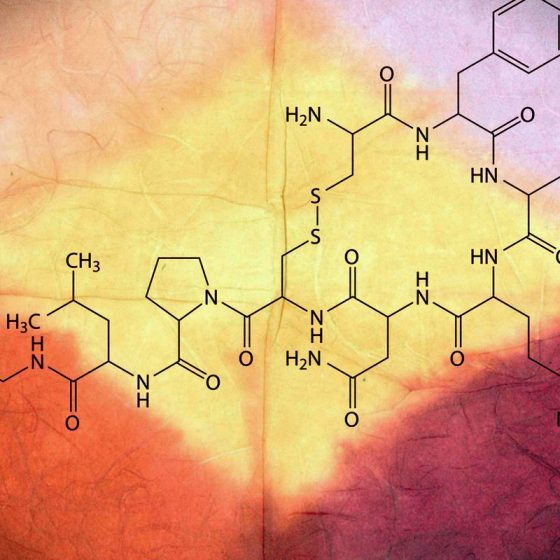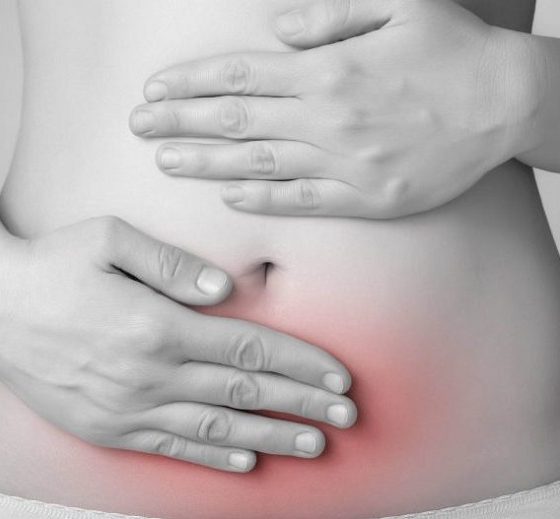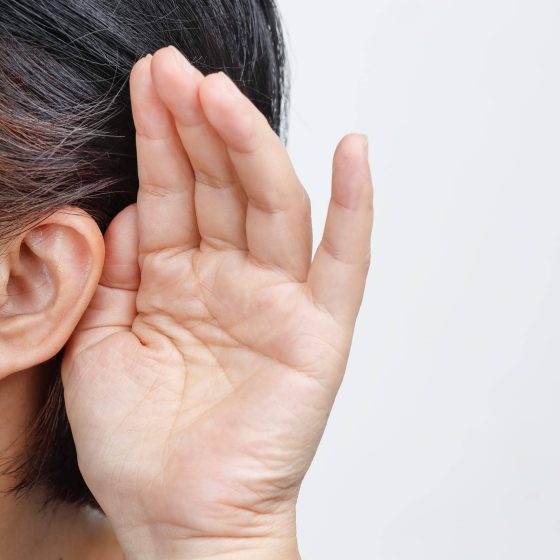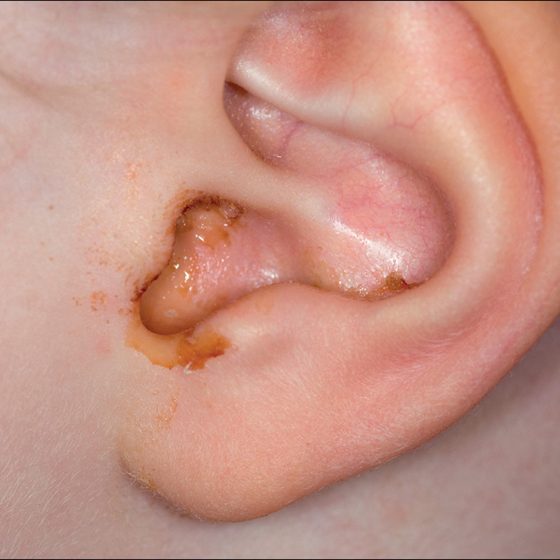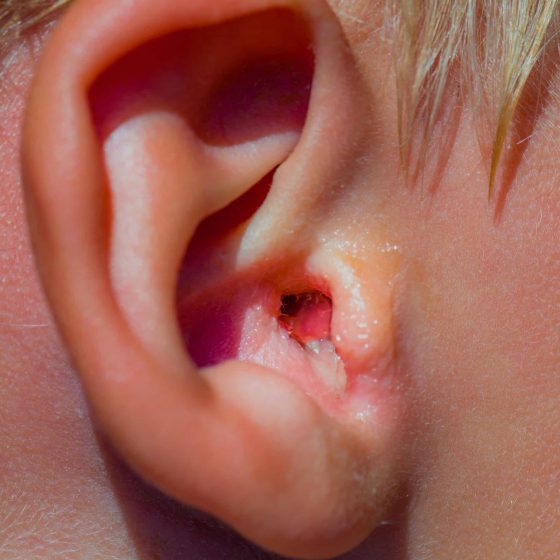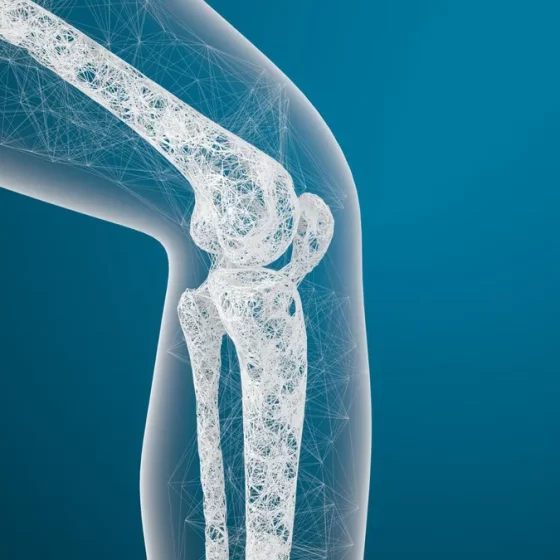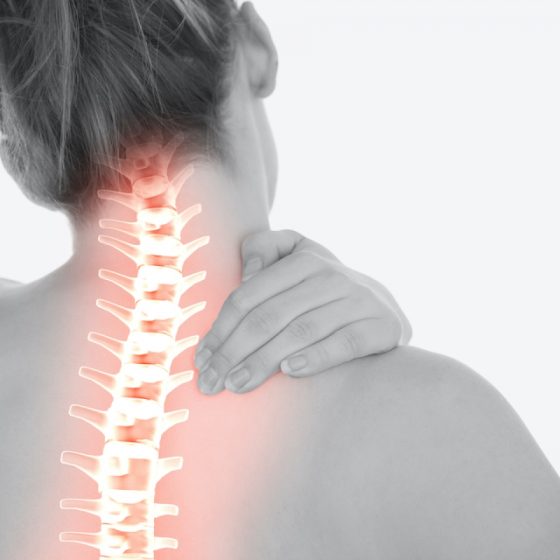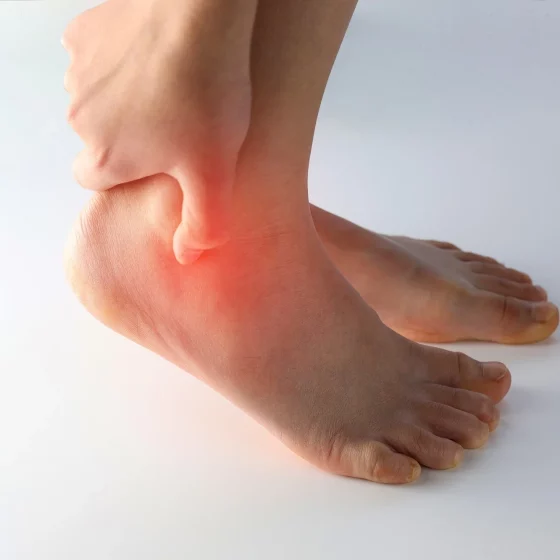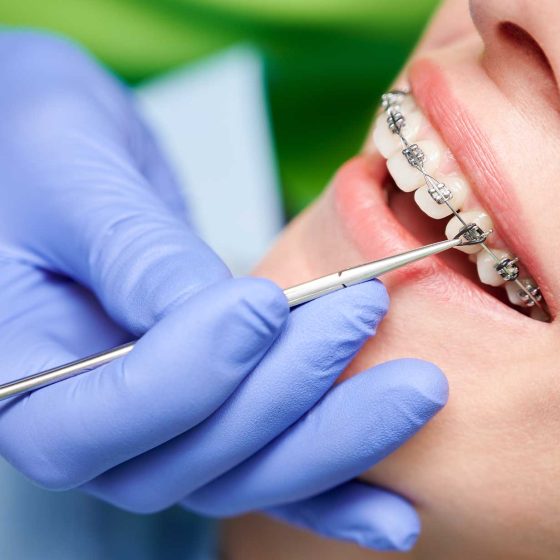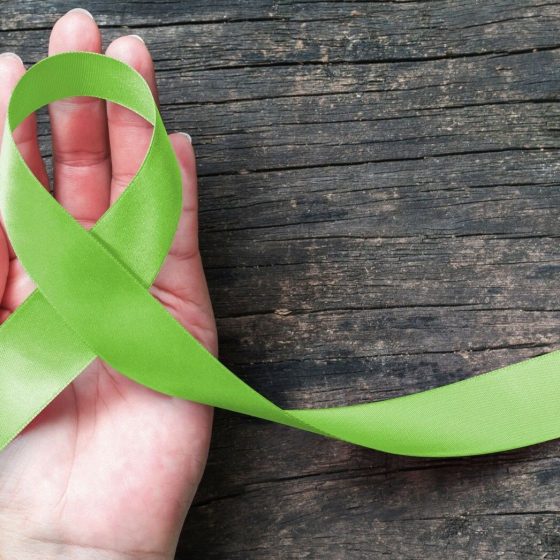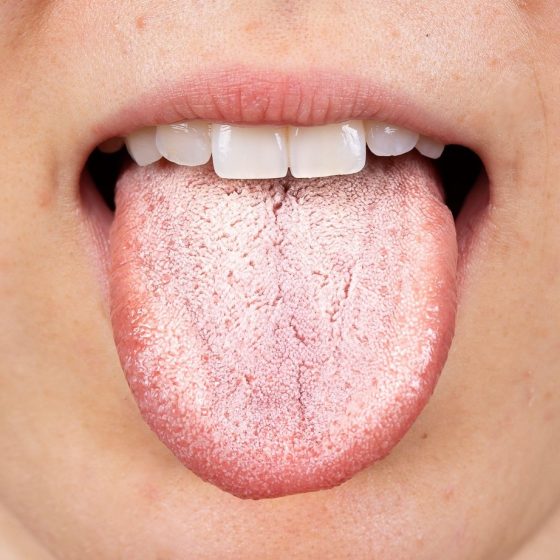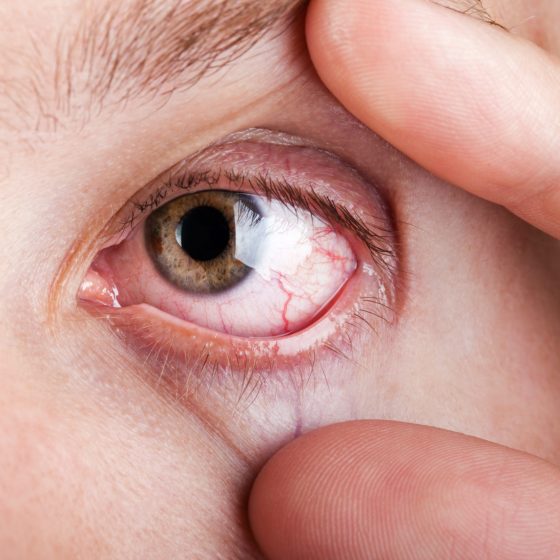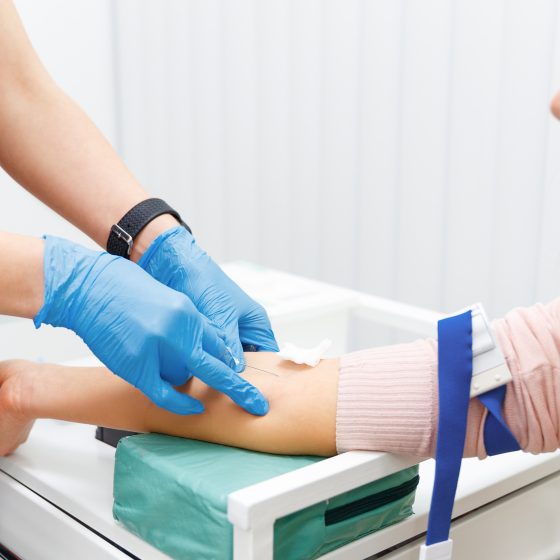Pacemaker
Key facts A pacemaker is a small medical device placed in the chest to correct certain heart problems. Your doctor or specialist may recommend a pacemaker if you have an irregular heartbeat, heart muscle problems or some other heart conditions. A pacemaker is inserted during a minor surgical procedure. Most people with pacemakers can continue to live active lives. Your doctor can advise you of any precautions you need to take after having a pacemaker inserted. What is a pacemaker? A pacemaker is a device that sends electrical impulses to the heart. These make the heart beat at a normal


